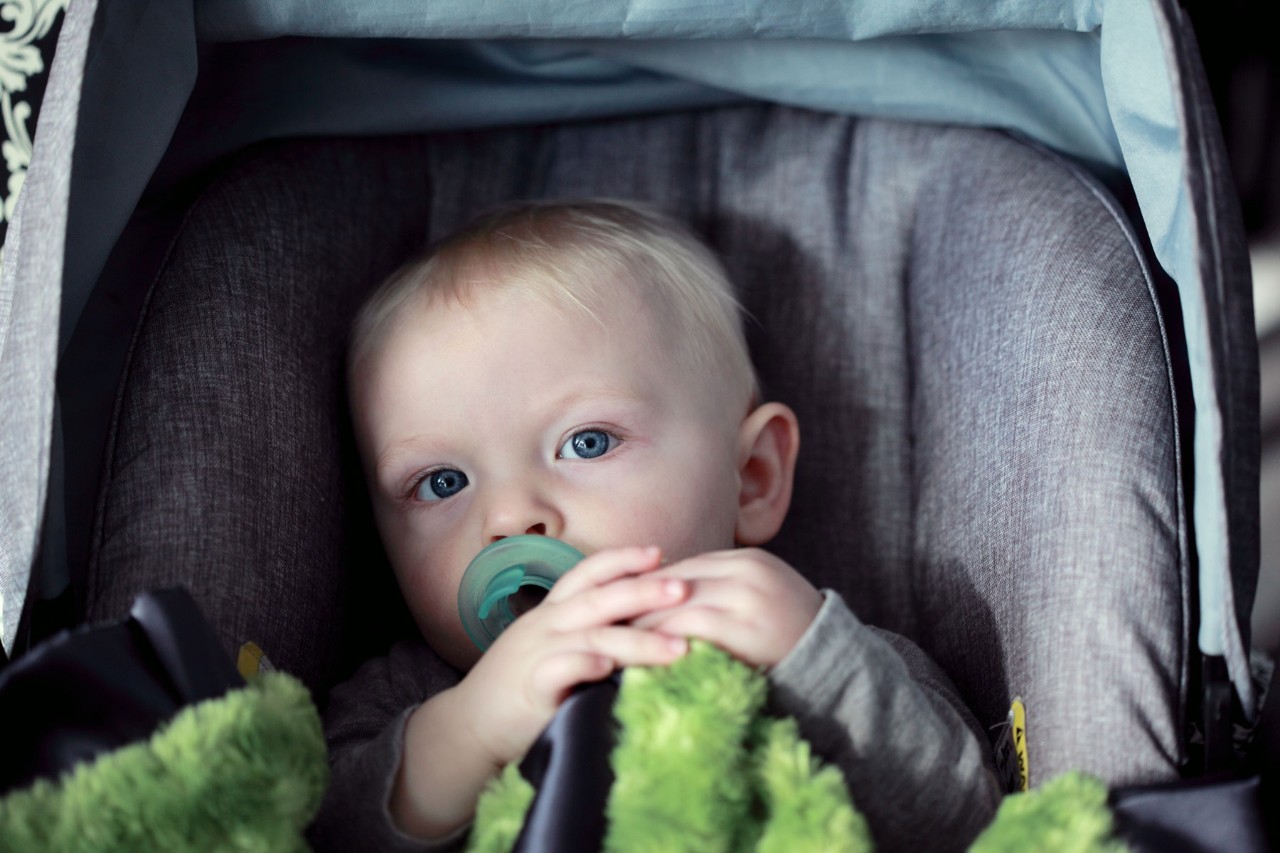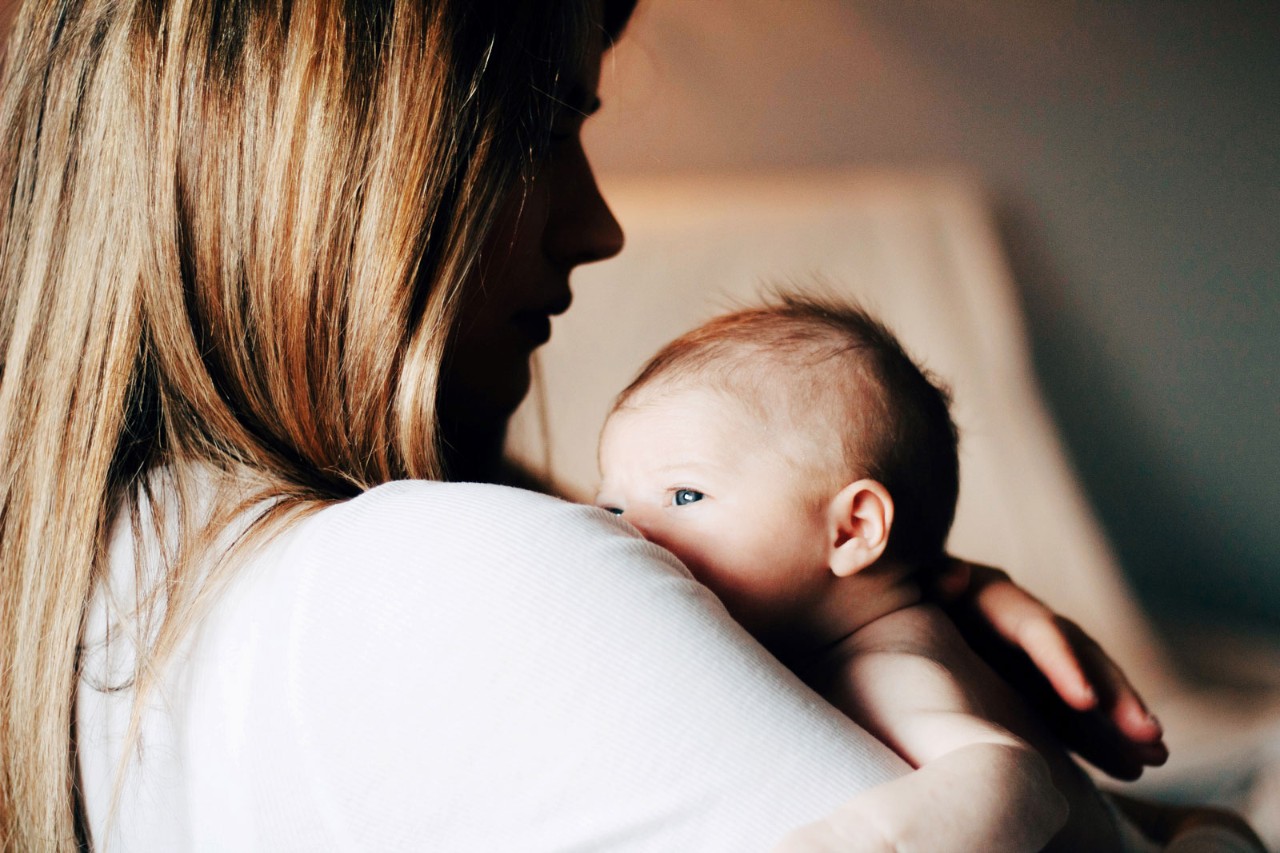First teeth - pain subsides
When the first teeth come through, it is often very painful for babies. What the first symptoms are and how to relieve the worst teething pain.

When a baby starts to get its first teeth, it can often be a painful process. Teething starts at around the age of six months and can continue up to the age of three.
In this time, children grow 20 milk teeth, which not only serve to chew food, but also help them learn to speak properly. Milk teeth are also essentially placeholders for adult (permanent) teeth, which come in at around six years of age.
Pain perception varies from baby to baby
Teething differs from child to child: While some are plagued by pain, others get their new teeth virtually pain-free. However, most babies are restless and whine a lot because teething hurts them.
Typical symptoms of teething:
- High temperature and diarrhoea as a symptom of infection, because the immune system is weakened during teething. Consult a doctor if your child’s temperature rises too much.
- Swollen and red (but not bleeding) gums in response to the milk teeth fighting their way through.
- Increased amounts of saliva as the baby puts objects or its own hand into its mouth to ease the pain through pressure – this stimulates the build-up of saliva.
- Refusal to breastfeed or take a bottle because sucking on objects or a hand not only relieves pain, but also makes its gums more sensitive.
What helps ease the pain of teething – and what not?
- Sugar-free, cooling gel from the pharmacy that you can rub on your child’s gums.
- Teething ring or damp facecloth that the child can chew on to massage its gums; they work even better when cooled.
- Pain relief suppositories or syrup when nothing else works. Consult your paediatrician for the correct dosage.
- Cooled food is easier for a teething child to eat than warm food, for example chilled apple porridge, a cold banana or yoghurt. From the age of six months, it may also help for the child to chew on a crust of bread, a chilled, peeled carrot or a thick slice of apple.
- Amber chains are not recommended by dentists, because there’s no scientific evidence that they actually ease the pain of teething. However, many mums and midwives are convinced that amber has a calming effect because of the essential oils it contains. If you do use an amber chain, make sure there are no cracks and that it’s tear-proof.
From the first tooth on it’s important to take care of your child’s teeth! Clean their teeth regularly – from around the age of two, children can clean their teeth themselves with your support.
Age 5 to 6 months: two lower incisors
Age 6 to 8 months: two upper incisors
Age 8 to 10 months: two more upper incisors
Age 10 to 12 months: two more lower incisors
Age 12 to 16 months: first lower and upper molars
Age 16 to 20 months: upper and lower canines
Age 20 to 30 months: second lower and upper molars


